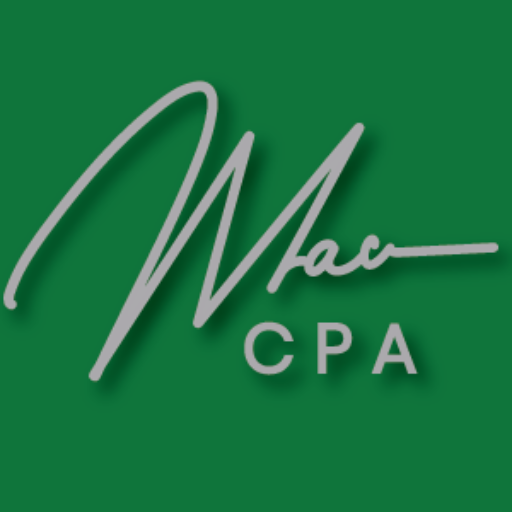
Could tax return filings really go from an envelope to a postcard?
One of the sticking points from President Donald Trump’s campaign for the 2016 election was simplifying tax filings. He had promised being able to file your taxes on a postcard. When the Internal Revenue Service (IRS) released the draft of the 2018 Form 1040, U.S. Individual income Tax Return, that fantasy seemingly became a reality. The Form 1040 now appears to fit on a single half page of paper front and back.
The 2017 Federal Form 1040, U.S. Personal Income Tax Return is 79 lines long consisting of a slew of income items, deductions, non-refundable credits, additional taxes, and refundable credits. The latest draft 2018 Federal Form 1040 Simplified, U.S. Personal Income Tax Return only has 23 lines. What happened to the other line items? Majority of those items have now been moved to six different tax schedules that can be attached to the Form 1040 Simplified.
In addition to Schedule 1 through Schedule 6, other schedules such as Schedule A for Itemized Deductions, Schedule E for Rental and Pass Through Income, and Schedule F for Farm Income are still required if you have income of those types. We will attempt to look and breakdown each new schedule to help give an overview of what to expect when filing your 2018 federal tax return.
Schedule 1, Additional Income and Adjustments to Income, seems to replace majority of the first page of the traditional Form 1040 filings. It includes, taxable refunds, alimony received (other income in years past), business income (Schedule C), capital gains and losses (Schedule D), farm income (schedule F), other gains and losses (Form 4797), pass through income and rentals (Schedule E) and other income. In addition to the income items, there is also Adjustments to Income. This includes educator expenses, health savings account deductions, student loan interest expense and retirement deductions.
Schedule 2, Tax, replaces page two of the top portion of the 2017 Form 1040. This includes Tax on a child’s unearned income (kiddie tax), alternative minimum tax (AMT), and excess advance premium tax credit related to health insurance purchased through the market place.
Schedule 3, Nonrefundable Credits, is just that, the nonrefundable credits that you would have had on page two of the 2017 Form 1040. This includes foreign tax credits, education credits, and other nonrefundable credits.
Schedule 4, Other Taxes, includes the healthcare penalty for not having health insurance, self-employment tax, additional tax on early retirement withdrawals, additional Medicare tax, and the net investment tax.
Schedule 5, Other Payments and Refundable Credits, is where estimated tax payments made is now reported. Additionally, the premium tax credit, extension payments, and excess social security withheld. Not listed is the refundable portion of the child tax credit and the family tax credit. The family tax credit will most likely be placed on one of the reserved lines on the draft of this schedule. The refundable portion of the child tax credit has a special line on page two of the 2014, line 17b, Schedule 8812. It will require its own schedule as years past.
Lastly is Schedule 6, Foreign Address and Third Party Designee. The items on this schedule were both reported on Form 1040 in prior years. The foreign address boxes were reported on the top portion of page one of the Form 1040. The Third Party Designee was reported just above the signature lines on the Form 1040 in prior years. It is safe to say that all returns prepared by someone other than yourself will include this schedule.
A hot topic since the Tax Cuts and Jobs Act was released is the Qualified Business Income Deduction. This deduction in short will provide a 20% deduction to taxable income for certain qualifying pass through activities. It is anticipated there will be a separate form for the calculation of this deduction. For right now, it appears on line nine of the draft Form 1040, page two.
At the end of the day, pages one and two of the Form 1040 were made simpler and should be much easier for taxpayers who only have W-2 wages, interest and dividends, social security, and retirement income as their sources of income. In theory, those taxpayers should only need the Form 1040 and none of the other schedules. All other taxpayers though, your tax returns at a minimum got more paper added to them and potentially more complicated.
Keep in mind this is a draft of Form 1040. The IRS still can make changes to it. Additionally, the form and schedules are going through a 30 day comment period as this is being written. Changes can happen between the release of the draft of the form and the release of the final version of the form. The draft does give us insight though as to the direction the IRS is moving towards.
As we enter the second half of the tax year, now is a good time to sit down with your CPA and discuss tax planning for 2018. Be sure to give Fitzpatrick, Johnson & Associates CPAs a call today, (503) 472-0576, to see how we can help you.
Fitzpatrick, Johnson & Associates CPAs is a full-service accounting firm with a team of Certified Public Accountants providing tax, financial statement, and bookkeeping services. We are based in McMinnville, Oregon in the heart of Oregon’s wine country, the Willamette Valley.

